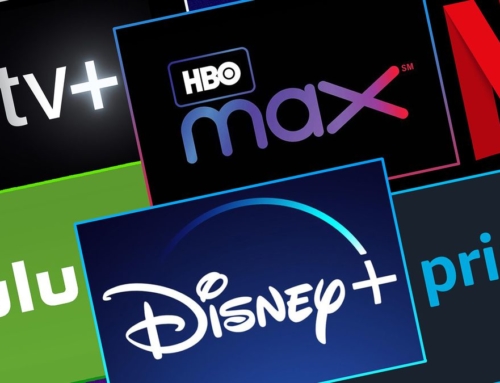It’s that time of year again: each September, like clockwork, the entertainment industry descends upon Toronto to kickstart awards season with the Toronto International Film Festival. This year is no different, with every major publication stalking every red carpet to catch a glimpse of the celebrities who have come to town to premiere highly anticipated films. From Joaquin Phoenix’s “Joker” to Nicole Kidman’s “Goldfinch” to Jenifer Lopez’s “Hustlers,” this year’s festival is not lacking in star power. However, in recent years, TIFF has branded itself as a leader in the film industry both in recognizing celebrated talent and in showcasing diverse and up-and-coming talent. Here’s how TIFF has managed to outrank other film festivals and stay relevant amidst the film industry’s ever-changing landscape.
Location, Location, Location!
First and foremost, TIFF differentiates itself from other film festivals simply by its location. While the Cannes Film Festival and the Venice Film Festival are world-renowned, they both take place in relatively quiet towns, making them inaccessible to people outside of the film industry. TIFF, on the other hand, takes place in the heart of downtown Toronto – a place that on any given day is already bustling with activity that is amplified when TIFF sets up camp. While some Torontonians complain about the disturbance that the festival causes to everyday life, many residents and visitors — approximately 480,000 annually — head down to King Street each year to take in the spectacle that TIFF creates. Whether you’re seeing a film or not, TIFF’s presence in the city is impossible to miss. Because of this, the buzz created by TIFF is unmatched by any other festival.
Timing is Everything
Aside from its location, the timing of TIFF is also responsible for its success. While New York’s Tribeca Film Festival creates a similar buzz in Manhattan that TIFF does in Toronto, its timing leaves it outpaced in creating the same hype that TIFF does for films every year. Occurring annually in September leaves TIFF as the last major film festival of the year. Because of this, TIFF has become known as the place where Oscar contenders are decided upon. Many studios will withhold their films from other festivals in order to have a world premiere at TIFF and a subsequent theatrical release during the fall, putting them in a prime spot for an Oscar nomination. While the Cannes FIlm Festival’s “Palme d’Or” is regarded as a highly prestigious award, it’s TIFF’s “People’s Choice Award” that has historically come to determine the Academy Awards “Best Picture” front-runner each year.
A Festival For The People, By The People
Since 2000, films that were awarded the “People’s Choice Award” at TIFF have earned in total over $3-billion worldwide more than films that won Cannes’ “Palme d’Or.” Money aside, TIFF’s top prize winners have earned 102 Academy Award nominations and 36 wins since 2000 as well, which amounts to five times more wins than Cannes films. As noted by Nouman Ashraf — and the research he conducted at Toronto’s Rotman School of Management — TIFF’s success, and the subsequent success of the films that screen here, could come down to Toronto’s diverse population given that the top prize is selected by fans of the film themselves rather than by critics.
After a change in leadership last year, festival director Cameron Bailey took this sentiment and the festival’s motto — “A Festival for the People” — to heart. “This is a festival for the people — Toronto in all its glory,” he said. “I see people of different ages and shades and sizes and backgrounds watching movies together. That collective experience in a movie theatre is still really important to us — it’s the core of who we are.”
Back to the Future
While TIFF has gained much of its success from the logistics of the event alone — from the location to the timing to the audiences packing the theatres — it has, in recent years, played a very active role in ensuring its viability within the film industry. TIFF has achieved this by emphasizing diverse and new talent within its scheduling of blockbusters and celebrity-driven films, while also ensuring that the films screened are as accessible to the public as they are to critics. In an increased effort to keep the talent at TIFF fresh, this year the festival introduced the “Next Wave Committee;” a panel of 12 teens between the ages of 15-18 from across Toronto who were tasked with identifying films in the schedule that they thought would resonate with their peers. The committee noted their responsibility to ensure that films focused on under-represented voices were highlighted in the schedule.
It’s initiatives such as this — in addition to TIFF’s efforts to better represent women in the film industry, and the festival’s embrace of streaming services such as Netflix and Amazon — that have separated TIFF from its competitors and will continue to help ensure that the festival exists as a means to push new filmmakers forward, and the industry as a whole along with them.











Leave A Comment
You must be logged in to post a comment.